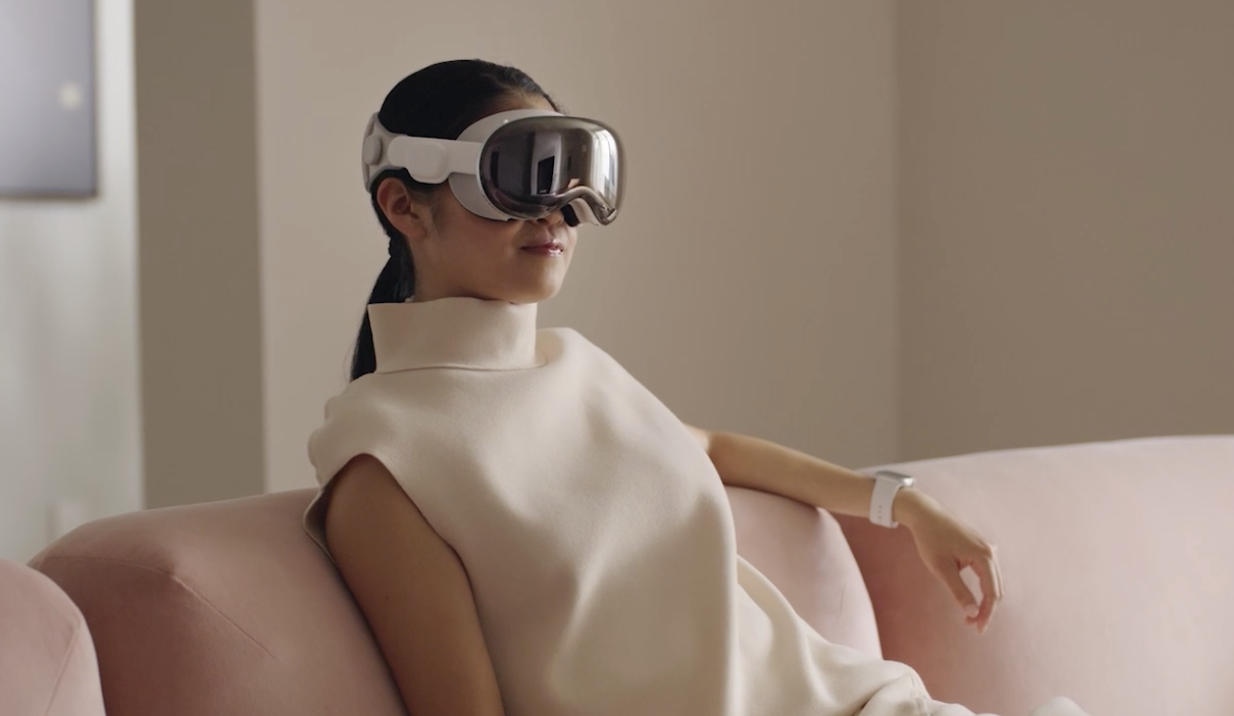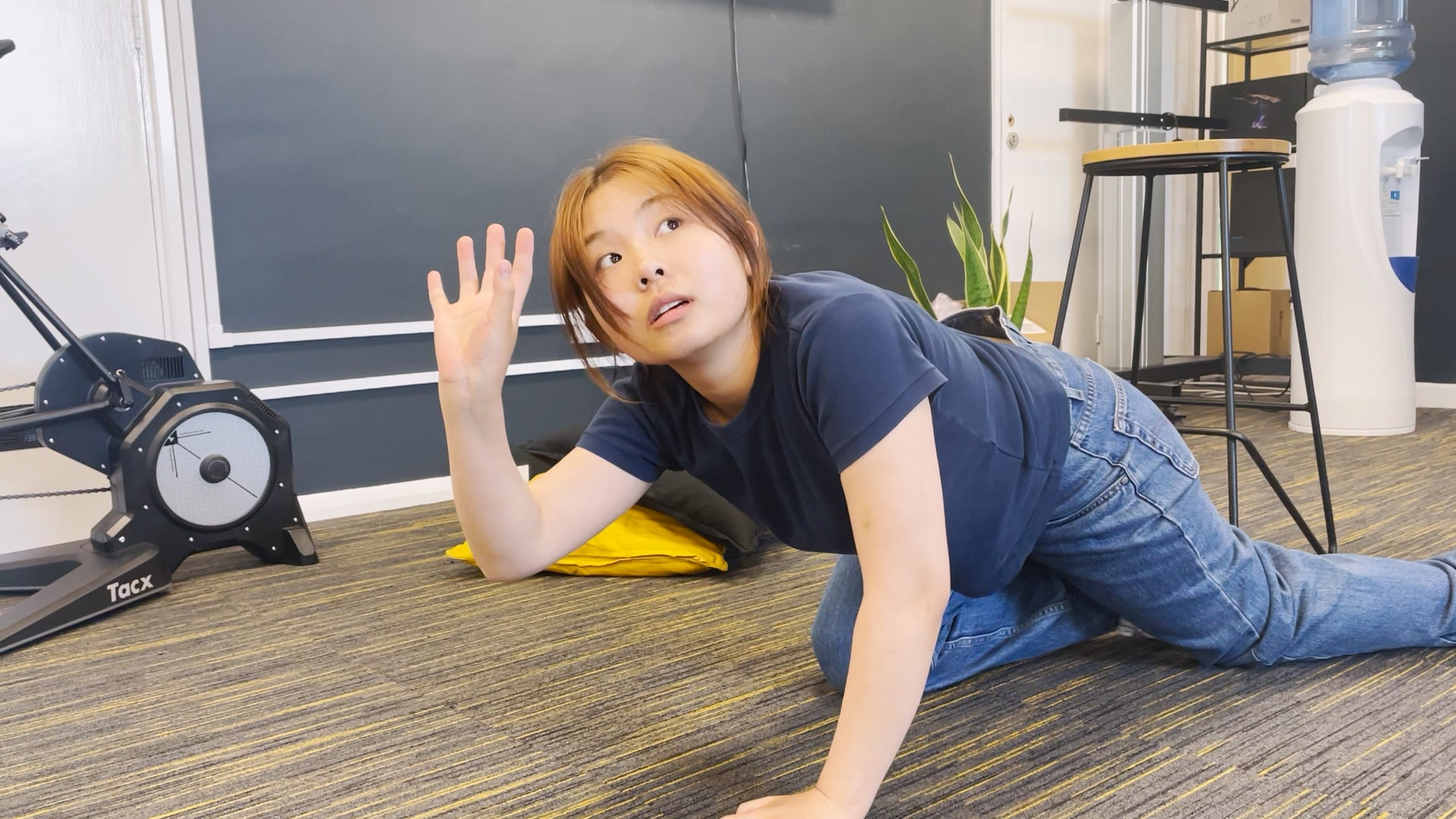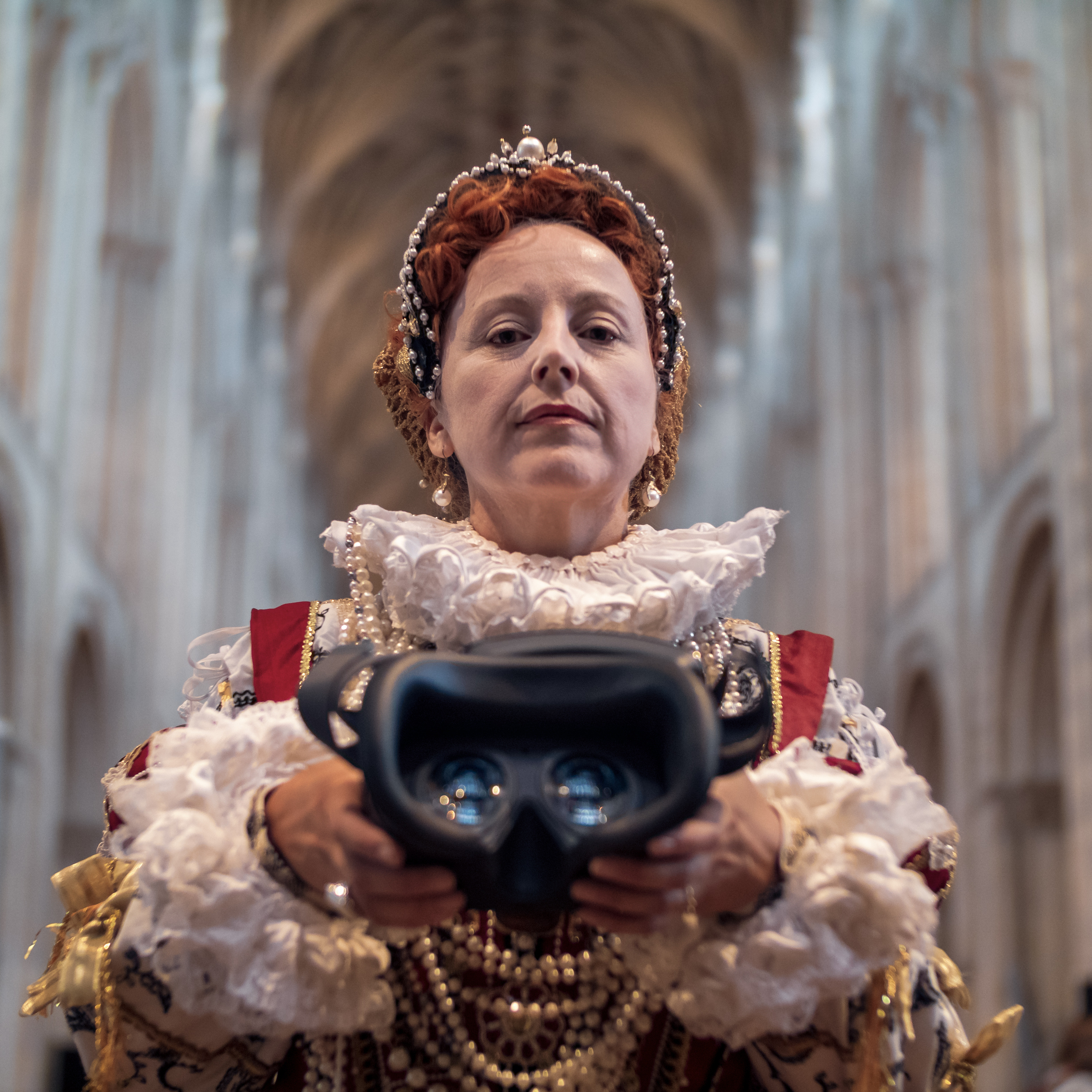Knowledge Base
17th September 2018
The future of the virtual classroom
Virtual reality has the ability to transport users to a whole new environment in a completely believable way. In the education sector, this offers almost endless possibilities – from engaging and interactive learning experiences to practical training simulations for students and teachers alike. We’ve been working with Ericsson and Connect to Learn to create a ‘virtual classroom’ that serves as a space for teachers to train before facing a real class, but what does the future hold for VR classrooms?
Confidence boost
We already know that VR can be used to improve presentation skills – allowing users to practice speaking in a variety of presentation scenarios to increase confidence. In the Ericsson Virtual Classroom, users can gain live feedback on the volume of their voice, their visual engagement with their students and even the variation in their tone of voice. As well as these physical feedback markers, we also aim to teach more abstract pedagogical skills, such as how best to frame a response to a question from the audience, or the importance of moving around a classroom to engage more fully with the whole class. In this way, VR forms the perfect tool for teacher training.
But the potential of this goes further – it shows that VR can be an invaluable tool for any sort of training where you need to experiment with different scenarios and outcomes. Effectively VR becomes a way to ‘dry-run’ real life scenarios – and therefore can be just as important for students as for teachers.
Real skills, virtual world
Key skills such as presentation skills or public speaking can easily be practiced through VR, because it offers a safe space for students to experiment without the fear of judgment or ‘getting it wrong’ – thereby helping them translate those skills confidently in the real world. This could be particularly useful for students with special needs or conditions such as autism or anxiety. But VR can also be used to teach and train about dealing with human emotions and events – aiding the personal development of younger people, as well as boosting the professional development of their teachers.
VR can often be used to invoke a sense of empathy in any given situation, allowing the user to emotionally engage with the topic or scenario they are immersed in, and therefore learn lessons from it more effectively. Imagine a VR teacher training scenario where the student is telling the user that they are being bullied and asking for the teacher’s intervention. This sort of scenario can be delivered in a very believable way, allowing the teacher to directly ‘dry-run’ through it, trying a number of different approaches before it happens to them for real. The same sort of experience could be created for students to enable them to practice stressful events such as job or university interviews in their own time. And with VR, it means they can practice over and over again.
Opportunity to engage
In our work with Ericsson and Connect To Learn, we’ve tried to combine these sorts of tools into a training simulation which can be used in developing countries to help train teachers who may have had little formal training during their career. We ask the teacher to perform one of several set lessons from their curriculum and measure how they interact with the class. Pointers and feedback are provided both in real-time and in summary at the end of each session. What’s more, the virtual students can be asked to perform a variety of tasks and activities, and will react in different ways, meaning the simulation varies from session to session.
As a tool for teachers, it works well – suggesting that if teachers increasingly engage with this technology as a way of practicing complex scenarios in a risk free way outside of the classroom, ‘virtual classrooms’ should lead to greater confidence and better teaching inside real classrooms as a result.
But we mustn’t forget that VR also offers a great capacity for teachers to teach and students to learn about subject matter too. As well as looking at the virtual classroom as a place to prepare for the real world in a safe and constructive way, VR can teach students the curriculum in a way that’s thoroughly engaging and imaginative. For example, instead of being taught from a book, students could experience historical recreations as if they’re really there, could travel around the solar system, could travel to the heart of a volcano – and could even try out experiments in a virtual lab that would be far too dangerous in a real school lab.
The tool of the future
These are just a few examples of how learning could be made more engaging, more informative and more memorable through the use of VR in the future. As it stands today, our virtual classroom serves as a successful example of how VR can be used to prepare teachers for the real world in a safe yet realistic way. But with VR hardware becoming more immersive, more practical and more affordable all the time, the potential for its uses as an educative tool is vast.
With all of these factors taken into consideration, it's easy to imagine VR becoming commonplace both in school and at home. If educators continue to engage with this technology, it stands to reason it should aid better teaching, higher confidence and greater learning – for teachers and students alike.
More from the Knowledge Hub
Do you have a message you want to convey? A situation that needs simulating, or an audience that needs reaching? Whatever your challenge – we have the ideas, the experience, and the equipment to help.


